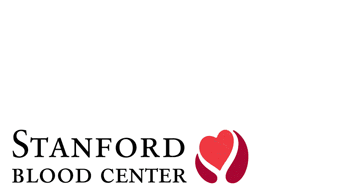Stanford Blood Center Crucial to Children’s Heart Program
2002
Attention News Desk: Press Release (for immediate release)
MEDIA CONTACTS:
Michele Gassaway (650) 723-8237
mgassaway@stanford.edu
Michelle Brandt (650) 723-0272
mbrandt@stanford.edu
STANFORD, Calif. – The need for blood is more important than ever as the Stanford Blood Center welcomes two preeminent cardiac surgeons to the School of Medicine and Lucile Packard Children’s Hospital. Frank L. Hanley, MD, professor of surgery and director of the Children’s Heart Center, and Vadiyala Mohan Reddy, MD, associate professor and Chief of Cardiothoracic Surgery, estimate they will conduct 400 to 500 pediatric cardiac surgeries in 2002.
“The use of blood products is more critical in this specialty than any other field,” Hanley said, since each surgery requires availability of at least four units of blood.
“It is critical for small babies to have blood that is fresh,” added Reddy, noting the preference for blood that is less than four or five days old. The longer blood is stored, potassium levels increase, which can potentially cause complications in younger patients.
With new demand for specialized blood products at the Children’s Heart Center, it is crucial for Stanford Blood Center to recruit new donors. January is National Volunteer Blood Donor Month, and there’s no better time to make a resolution to save a child’s life. New donors are needed every day to meet the needs of patients.
“Most of the children will have a normal life ahead of them,” said Reddy, but a normal life would not be possible without volunteer blood donors to help them make it through surgery.
Donors should be in good health with no cold or flu symptoms. They should also eat well prior to donation, drink fluids and present photo identification at the time of donation. The process takes about one hour, and each donation potentially helps up to three different patients. Donors are urged to call (650) 723-7831 or toll-free, (888) 723-7831, to make an appointment, learn hours of operation and get directions. For more information, please visit https://bloodcenter-stg.stanford.edu.
###
